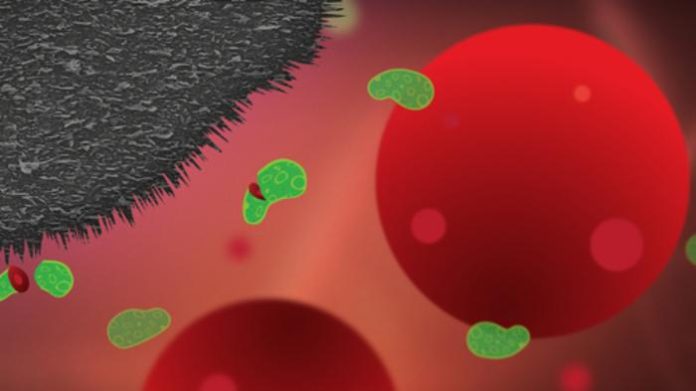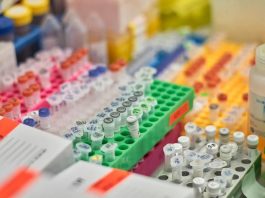With strong bactericidal properties, graphene technology has the potential to become a game changer in the fight against antibiotic-resistant bacteria.
So far, there have been no efficient ways to control antibiotic resistance, and therefore, there is no way to make use of graphene’s potential in healthcare.
Now, researchers at Chalmers University of Technology have solved the problem using the same technology found in ordinary fridge magnets.
The result is an ultra-thin acupuncture-like surface that can act as a coating on catheters and implants, killing 99.9% of all bacteria on a surface.
Fighting against the heightened risk of antibiotic resistance
Healthcare-associated infections are a widespread problem around the world, causing great suffering, high healthcare costs and a heightened risk of increased antibiotic resistance.
Most infections occur in connection with the use of various medical technology products, such as catheters, hip prostheses, knee prostheses, and dental implants, where bacteria can enter the body via a foreign surface.
Chalmers researchers have explored how graphene technology can contribute to the fight against antibiotic resistance and infections in healthcare.
The team has previously been able to show how vertically standing graphene flakes prevent bacteria from attaching to the substrate. Instead, the bacteria are cut to pieces on the razor-sharp flakes and die.
Ivan Mijakovic, Professor of Systems Biology at Chalmers University of Technology, explained: “We are developing a graphene-based, ultra-thin, antibacterial material that can be applied to any surface, including biomedical devices, surgical surfaces and implants to exclude bacteria.
“Since graphene prevents bacteria from physically attaching to a surface, it has the added advantage that you do not risk increasing antibiotic resistance, unlike with other chemical alternatives, such as antibiotics.”
Graphene technology kills 99.9% of surface bacteria
Although its bactericidal properties can be demonstrated in the laboratory, the researchers have not yet managed to control the orientation direction of the graphene flakes.
Subsequently, they have not been able to apply the material on surfaces used on medical devices used in healthcare.
So far, the bactericidal properties of graphene technology have only been able to be controlled in one specific direction: the flow direction of the manufacturing process.
But now, the researchers have had a promising breakthrough for a practical application in healthcare and beyond.
“We have managed to find a way to control the effects of graphene practically in several different directions and with a very high level of uniformity of the orientation,” said Roland Kádár, Professor of Rheology at Chalmers.
“This new orientation method makes it possible to integrate graphene nanoplates into medical plastic surfaces and get an antibacterial surface that kills 99.9% of the bacteria that try to attach.”
Controlling magnetic fields
By arranging earth magnets in a circular pattern and making the magnetic field inside the array arranged in a straight direction, the researchers were able to induce a uniform orientation of the graphene technology and reach a very high bactericidal effect on surfaces of any shape.
The method, known as ‘Halbach array’, means that the magnetic field inside the magnet array is strengthened and uniform. At the same time, it is weakened on the other side, enabling a strong unidirectional orientation of graphene.
Now that we have seen the results, we want these graphene plates introduced in the healthcare sector so that we can reduce the number of healthcare-related infections, reduce patients’ suffering, and counteract antibiotic resistance,” said Viney Ghai, a researcher in the Rheology and Processing of Soft Matter at Chalmers.
The new orientation technology also shows significant potential in other areas, such as batteries, supercapacitors, sensors, and durable, water-resistant packaging materials.









